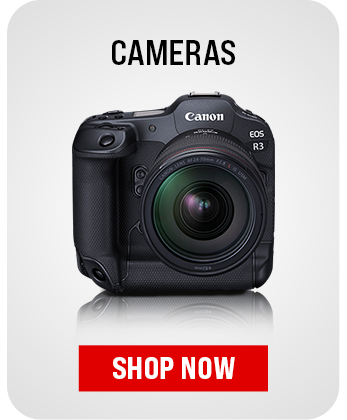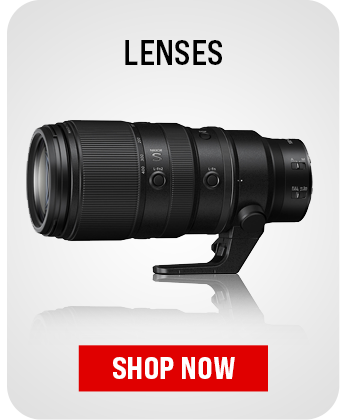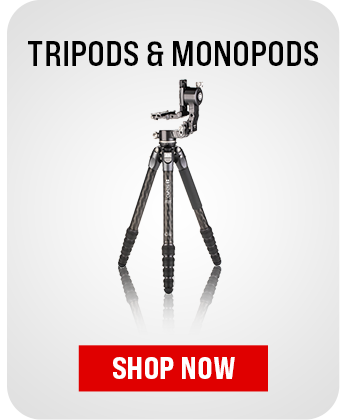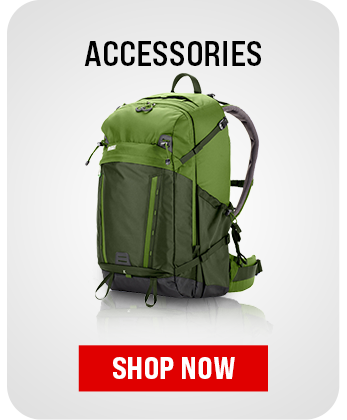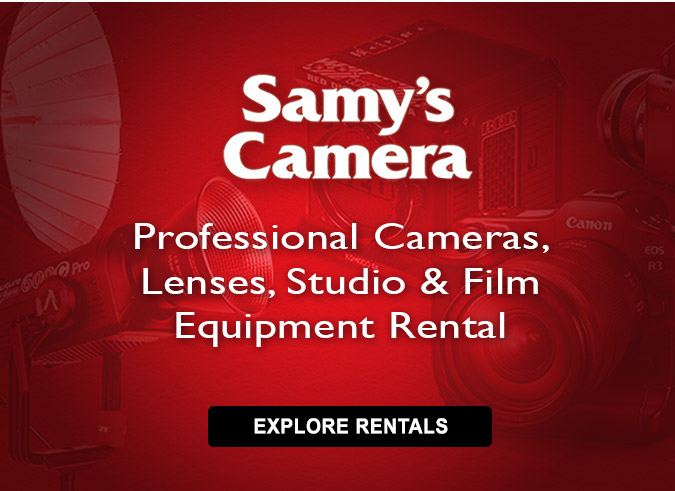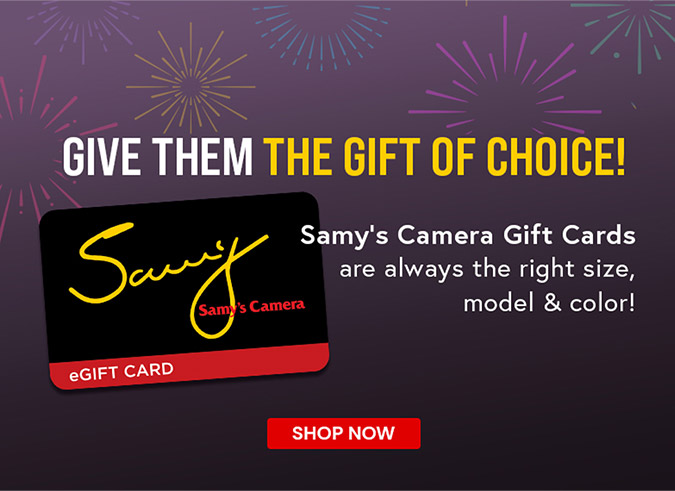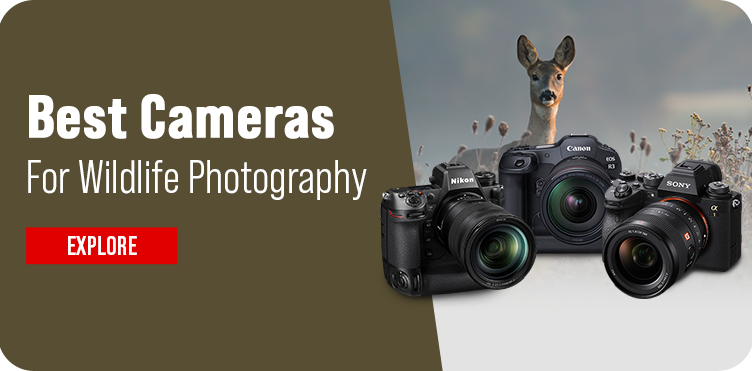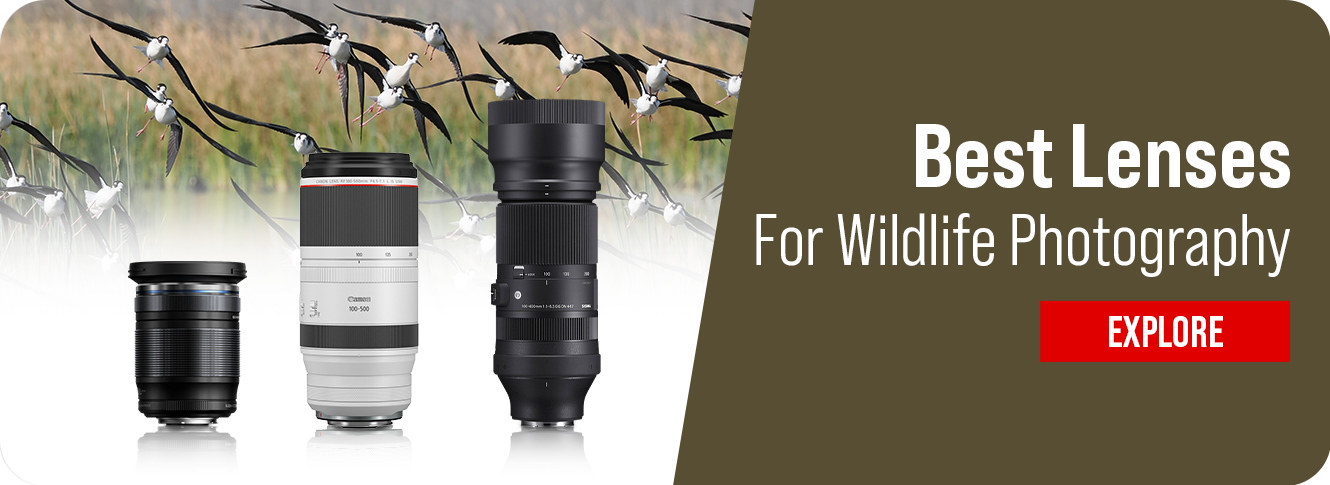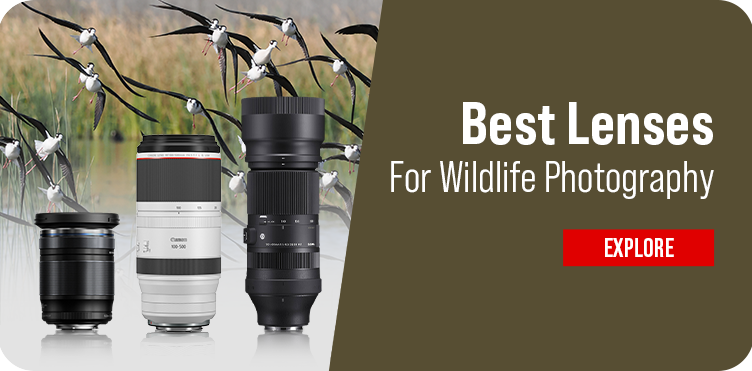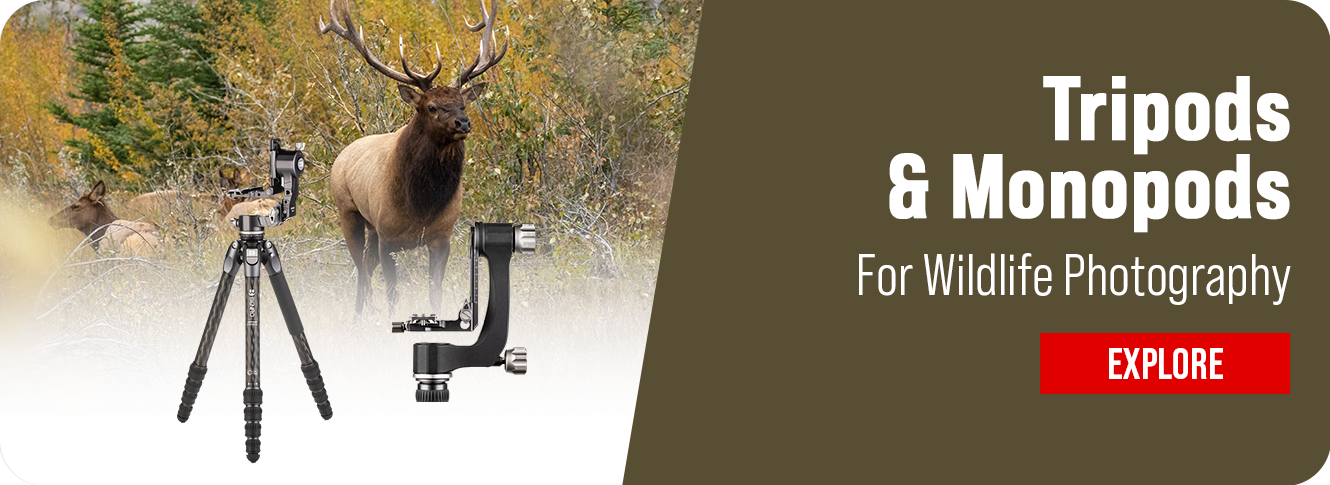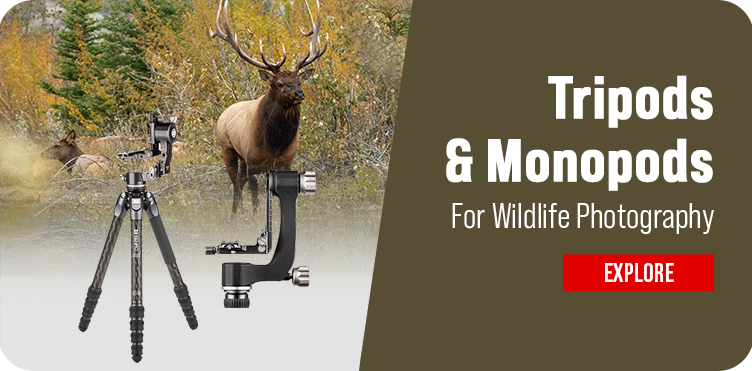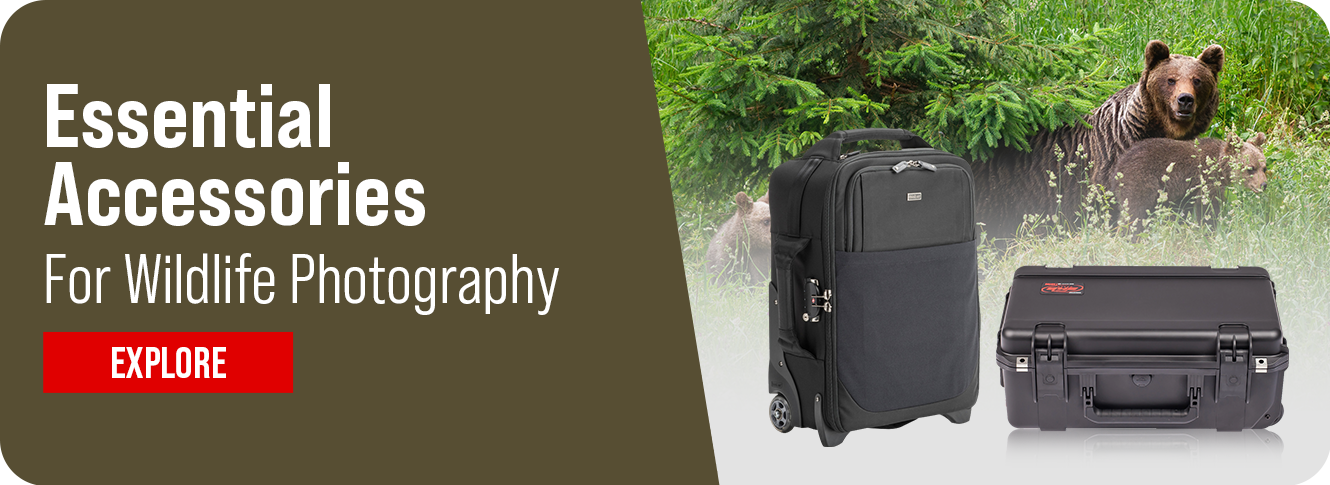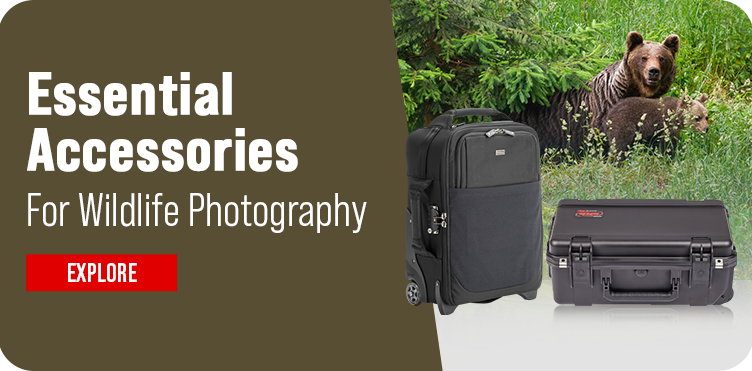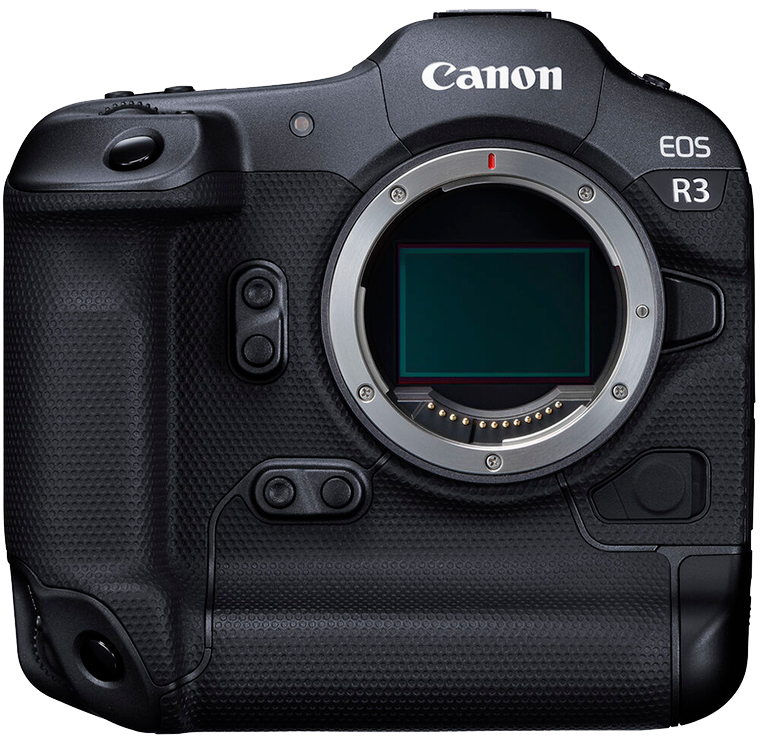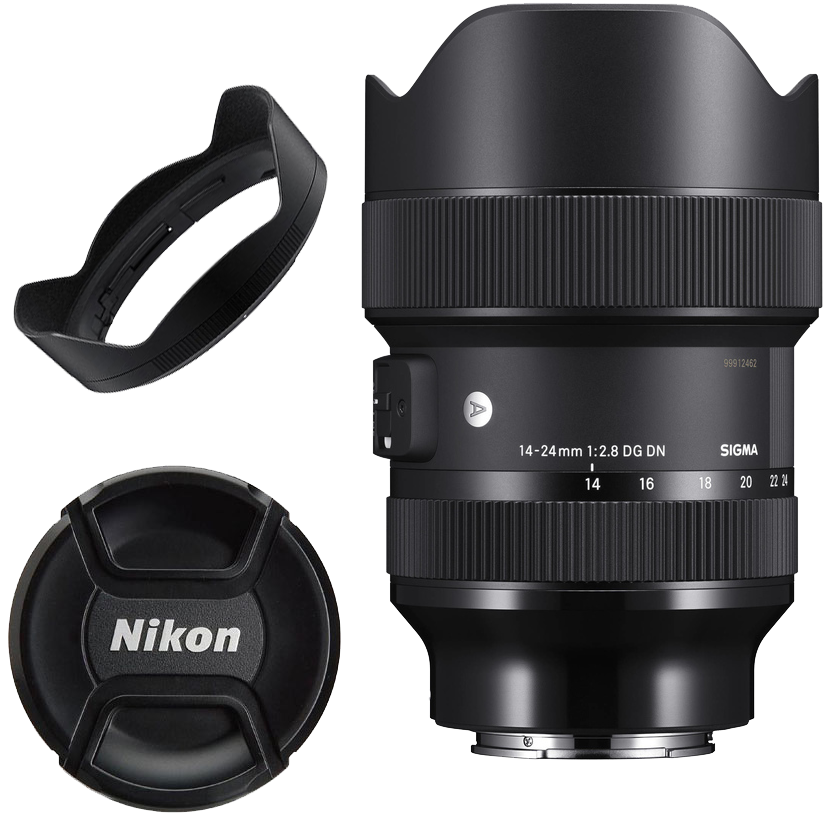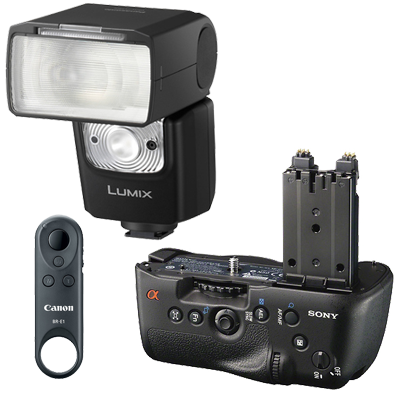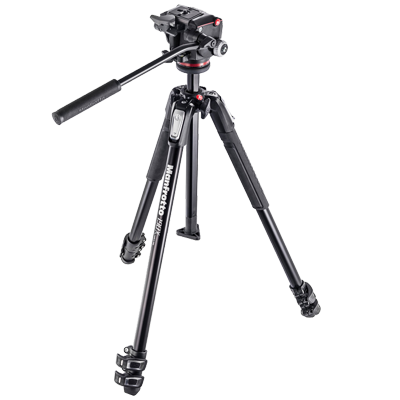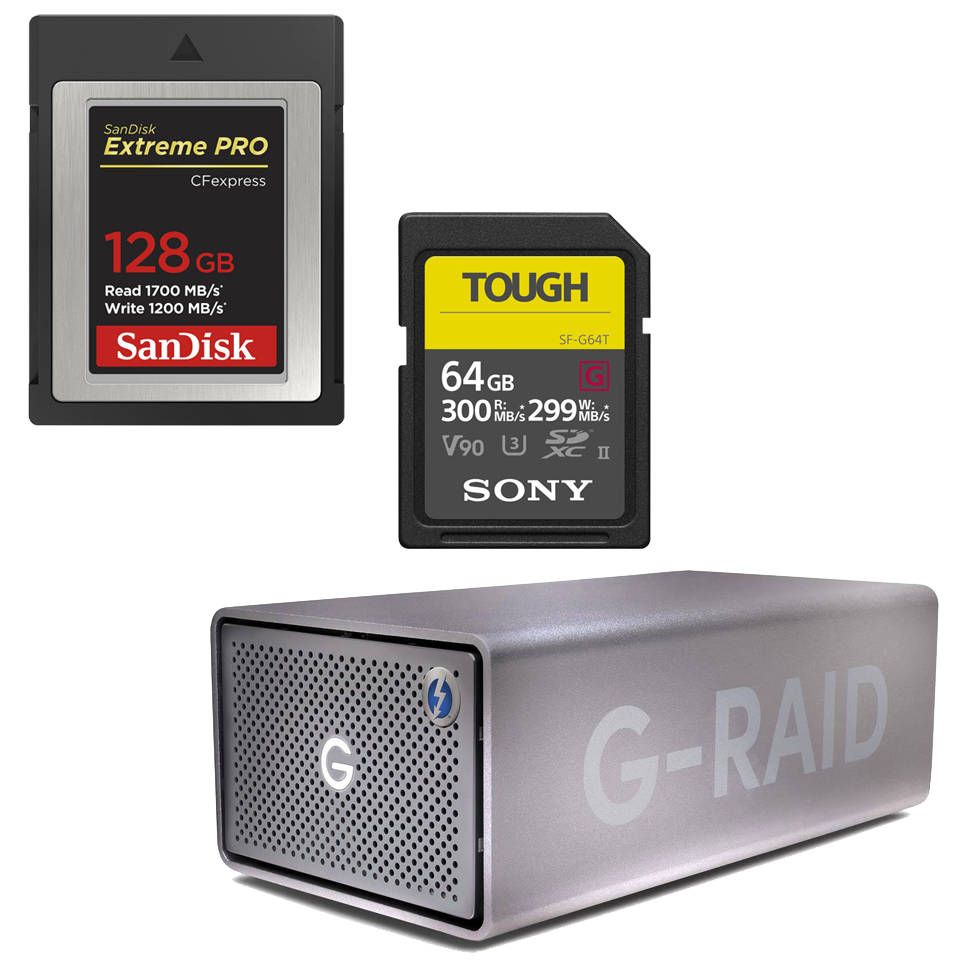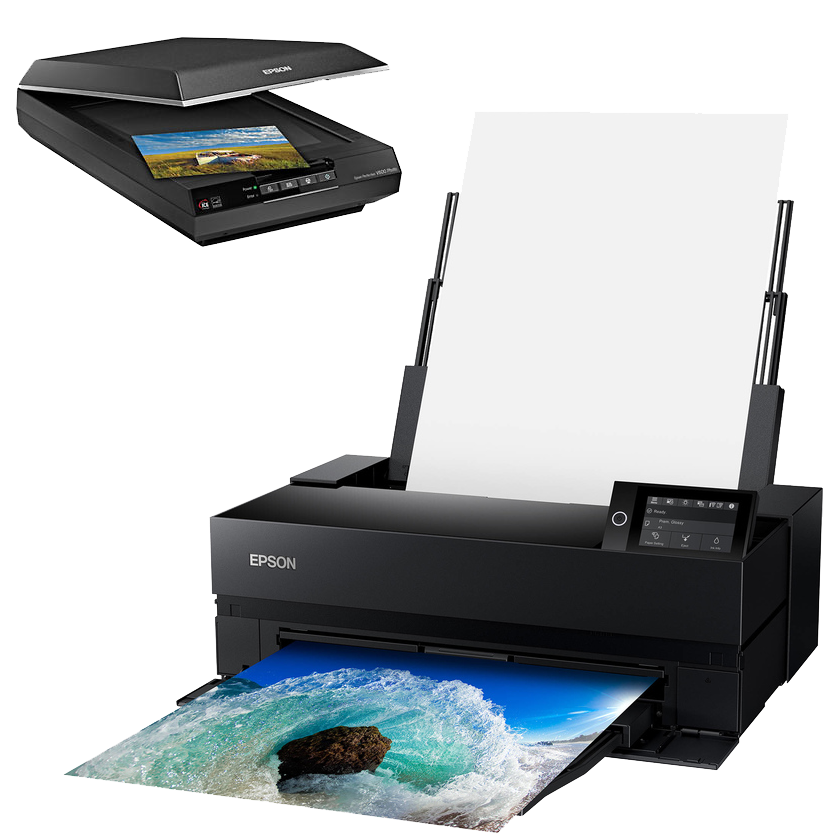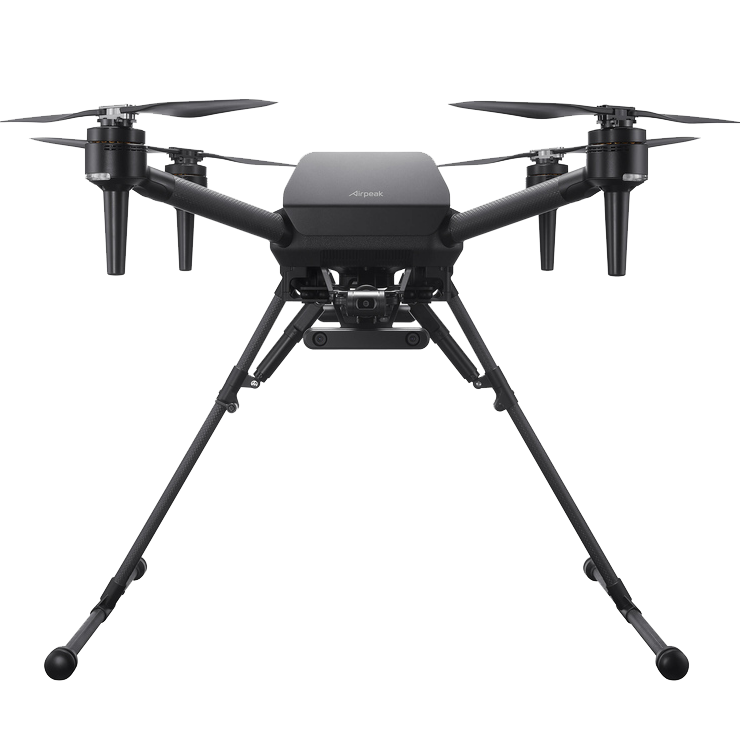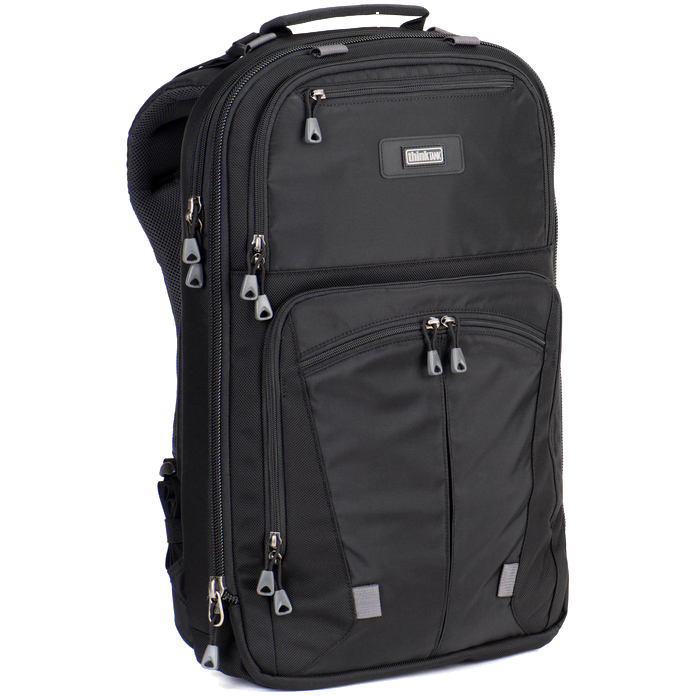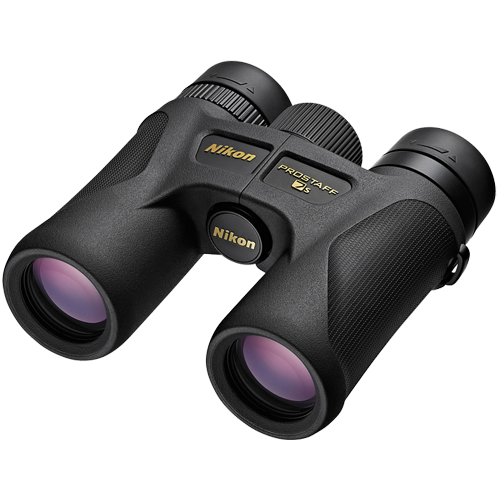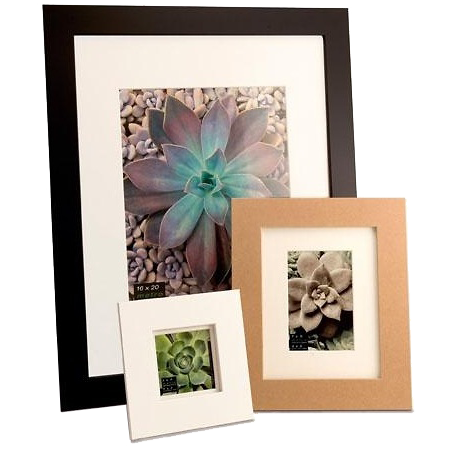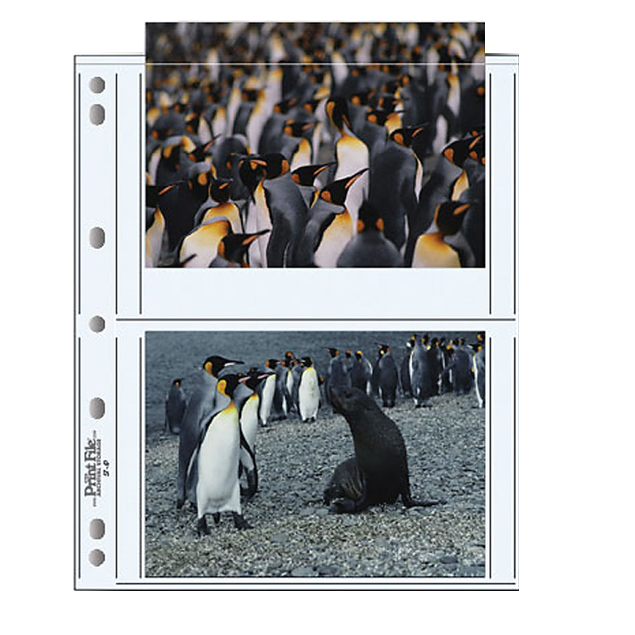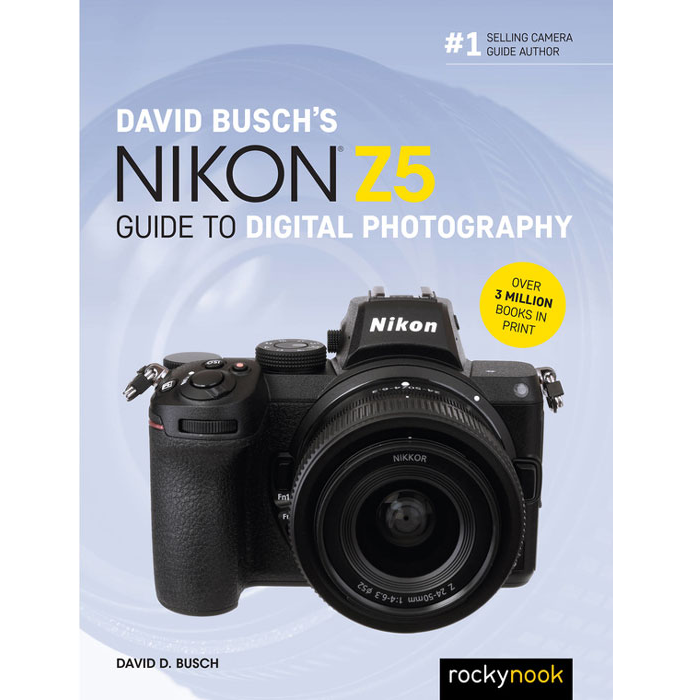My Cart
Wildlife Photography Buyers Guide
SHOP NOWDiscover essential wildlife photography gear at Samy's Camera. From cameras to tripods, get the best tools for your art.SHOP NOW
Grow your Business or Hobby with Hand-picked
Wildlife Photography Equipment Specific to Your Needs
Wildlife photography is all about capturing the untamed beauty of the animal kingdom, and having the right gear is essential. This guide is tailored to help you select the ideal equipment, including the best cameras, lenses, and accessories specifically for wildlife photography. With patience, skill, and the right tools, you'll beautifully document the wonders of our natural world.
Choosing the Right Camera for Wildlife Photography
 Selecting the right camera is crucial for wildlife photography. It should be a tool that complements your vision and creativity, enabling you to capture the raw beauty of wildlife as you perceive it. Samy's Camera offers a diverse range of high-performance digital cameras, ideal for wildlife photography.
Selecting the right camera is crucial for wildlife photography. It should be a tool that complements your vision and creativity, enabling you to capture the raw beauty of wildlife as you perceive it. Samy's Camera offers a diverse range of high-performance digital cameras, ideal for wildlife photography.
Features to Look For in a Camera for Wildlife Photography:
Sensor Size and Resolution: Cameras with large sensors and high resolution are preferable for capturing the intricate details of wildlife.
Autofocus Speed: Quick and accurate autofocus is essential to capture fast-moving animals.
High-Speed Capture: A higher frame rate is beneficial for capturing split-second moments in wildlife.
Weather Sealing: Durable and weather-sealed camera bodies are vital for outdoor wildlife photography.
ISO Performance: Excellent low-light performance is important for capturing wildlife during different times of the day.
Selecting the Best Lenses for Wildlife Photography
The camera lens you choose can dramatically impact the outcome of your wildlife photos. It influences not only the composition but also the sharpness and depth of field, making it as crucial as the camera itself.
Types of Lenses Suitable for Wildlife Photography:
Telephoto Lenses (100mm - 600mm+): Ideal for capturing distant wildlife safely and without intrusion telephoto lenses are great wildlife photography lenses that you will find in every nature photographer's kit.
Zoom Lenses (70mm - 200mm+): The flexibility of zoom lenses offers advantages in framing and composition that are crucial for adapting to the unpredictable elements of wildlife photography.
Prime Lenses: Known for their sharpness and speed, prime lenses are excellent for capturing clear, detailed wildlife shots, especially in lower light conditions.

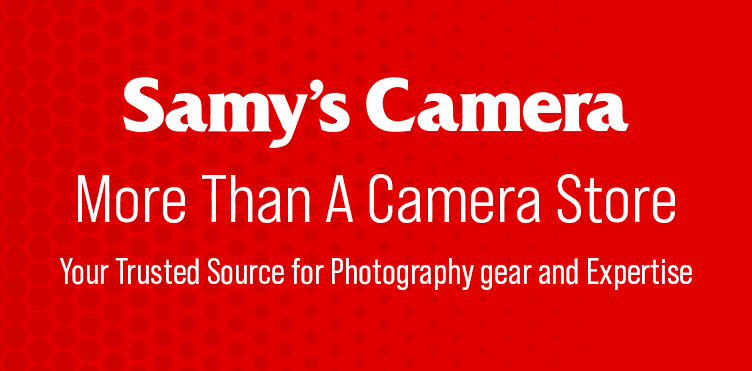
Tripods and Monopods for Wildlife Photography
Tripods and Monopods: Nature is unpredictable and dynamic, making the stability of your camera extremely important if you want to capture wildlife shots. Tripods and monopods are essential nature photography tools that help give you an edge and ensure your photos come out sharp and clear. When using long telephoto lenses, tripods and monopods become doubly important. These supports steady your camera and give you the flexibility and endurance to capture blink-and-you-'ll-miss-it shots.
Selection: Look for sturdy, lightweight tripods and monopods for easy mobility in the wild.;
Material and Weight: Consider tripods and monopods made from materials like carbon fiber, which offer an excellent balance between strength and weight. Lightweight equipment is easier to carry during long treks in nature, but it should also be sturdy enough to support your camera and lens setup.;
Height and Compactness: Look for tripods that extend to a height that suits your shooting style and are compact enough when folded for easy transport. Similarly, a monopod should offer quick height adjustments to adapt to varying terrain and shooting angles.
Head Type: For smooth movement and framing, a quality tripod head can make all the difference in your photos. Ball heads offer quick adjustments and are suitable for dynamic wildlife scenes, while pan-and-tilt heads provide precise control for composed shots.
Essential Accessories for Wildlife Photography
Camera Bags:
For wildlife photographers, shooting in the wild involves traversing through challenging terrains and weather conditions. Your camera gear must be well-protected and easy to carry during these adventures because you want to enjoy your surroundings, and not worry about babying your gear. Camera bags play a major role in ensuring your equipment's safety and your comfort during long treks into the wilderness.
Protection and Comfort: A high-quality camera bag doubles as storage and a shield against the elements. The best camera bags for wildlife photography offer a blend of robust protection and versatile storage options. Look for bags with weather protection features and ample padding to cushion your equipment against shocks and jolts. Adjustable compartments are a must as they allow you to customize the bag's interior based on your specific gear setup, whether you're carrying multiple lenses, a couple of camera bodies, or a mix of cameras and accessories
Additional Accessories:
Nature and animal photography is challenging and you need to give yourself every advantage you can. Adding some additional accessories to your bag can make sure you're prepared while waiting for the perfect shot to come along.
Battery Grips: Battery grips are vital for wildlife photographers who spend long hours in the field. They allow you to double your shooting time by holding extra power for your camera, reducing the need for frequent battery changes.
Remote Shutter Releases: Especially useful for wildlife photographers who need to wait patiently for the right moment, remote shutter releases are a great tool to keep in your bag. They allow for triggering the shutter without disturbing the camera or the wildlife.
Cleaning Kits: Cleaning kits are essential for maintaining the clarity and performance of your camera and lenses. Exposure to outdoor elements like dust, sand, and moisture is common in wildlife photography, making regular cleaning a necessity.

Pre-Owned, Open Box & Collectibles
Get the best deals on top Photography models & collectibles
Conclusion:
Wildlife photography is a journey of patience, skill, and respect for nature. Selecting the right camera, lens, and accessories is essential to capture the beauty and diversity of wildlife effectively. Embrace the challenge, and use your equipment to turn your passion for wildlife into stunning photographs that tell the stories of nature.



